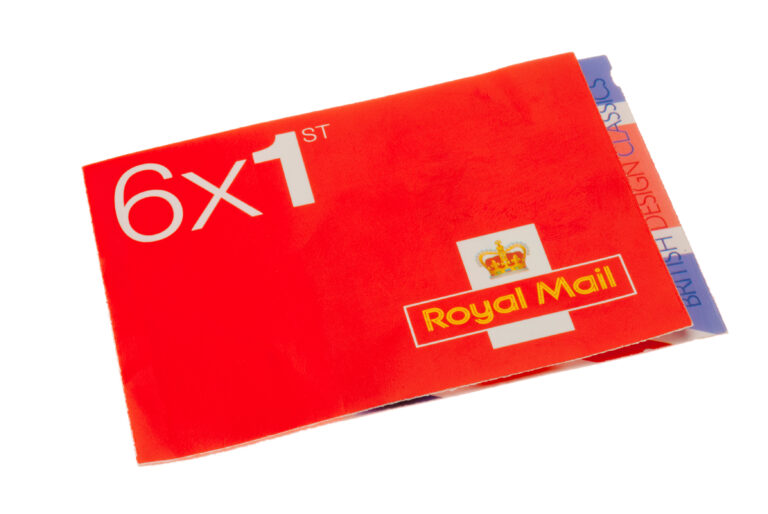Royal Mail has announced it will increase stamp prices by 10p (13 cents) from April 2, with First Class rising to £1.35 (US$1.72) and Second Class increasing to 85p (US$1.08).
According to Royal Mail, the price increase is necessary in the “face of increasing cost pressures and wage increases, declining letter volumes and lack of reform of the Universal Service Obligation (USO)’”. However, the new prices remain “well below” European mean average prices of £1.66 (US$2.11) for First Class and £1.26 (US$1.60) for Second Class, it added.
Letter volumes have fallen from 20 billion in 2004/5 to seven billion a year in 2022/3, while the number of addresses has risen by four million in the same period. The average adult spends less than £7 (US$8.91) a year on stamped letters and people now receive on average just two letters per week.
Nick Landon, chief commercial officer at Royal Mail, commented, “We always consider price changes very carefully, but we face a situation where letter volumes have reduced dramatically over recent years, while costs have increased. It is no longer sustainable to maintain a network built for 20 billion letters when we are now only delivering seven billion.
“As a result of letter volume decline, our posties now have to walk more than three times as far to deliver the same number of letters as before, increasing the delivery costs per letter.
“It is vital that the USO adapts to reflect changing customer preferences so that we can protect the one-price-goes anywhere service, now and in the future.”
The stamp rise is part of a series of price increases announced by Royal Mail, including:
- Small and Medium Parcel price increases range from 8% to 17% dependent on weight band.
- Special Delivery Guaranteed price increases range from 15% to 22% dependent on weight band.
- Royal Mail Signed For price increases are in the range of 5% to 17%.
However, there is good news for businesses that use franking as Royal Mail has not increased prices for franked letters. This means essential communication from the NHS or banks will not be affected and consumers can expect the same service, according to David Beirne, head of postal relations at Quadient.
“[The] stamp and parcel price increases might shock consumers, but it’s clear that Royal Mail is trying to avoid raising the cost of essential communications,” he said. “Mail is still the most trusted form of communication after speaking to a real, live human and so the public relies on it for a wide range of services – from medical appointments and council tax to pensions and mortgages.
“Royal Mail’s freeze on franked letter costs shows it recognizes that organizations such as hospitals, local government and banks that use franked mail are providing essential services. Wherever possible, organizations should ensure they are using franked mail: avoiding increased costs that could easily end up passed on to the consumer in the form of higher prices or worse services.”


